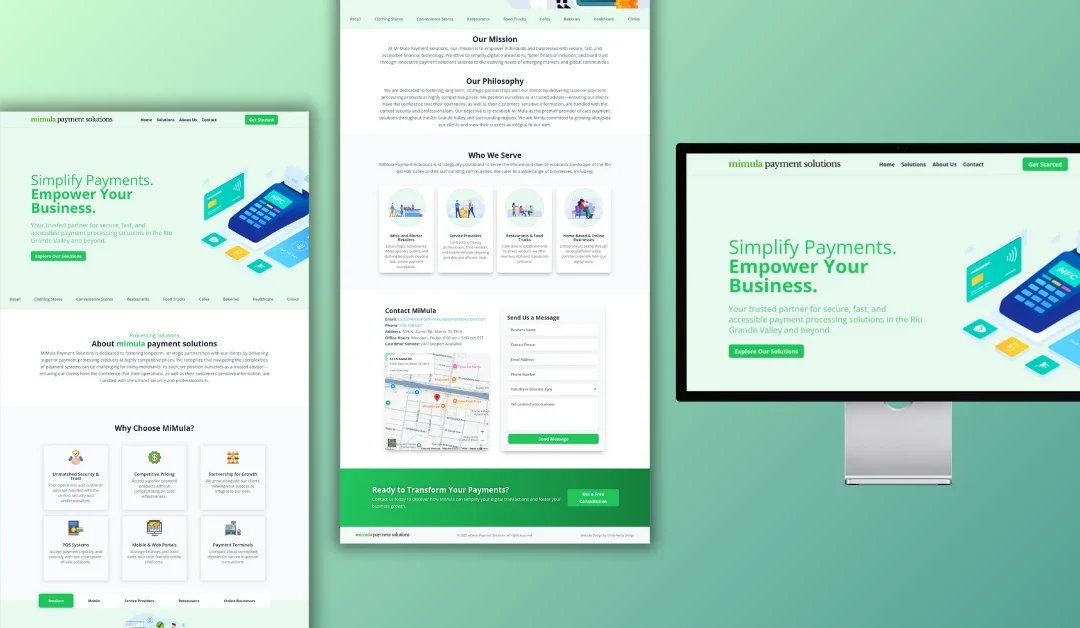Title: Unlocking Success: 7 Game-Changing Metrics for Your Healthcare Marketing
Ever felt like your healthcare clinic’s marketing is just spinning in circles, not really moving forward? Or maybe you’re asking, “Why aren’t new patients responding to my ads?” You’re not alone! Many healthcare professionals struggle to measure the true impact of their digital marketing efforts. But don’t worry—I’m here to help you navigate through the confusion.
As a small business owner in South Texas, especially here in McAllen, you know the importance of attracting and retaining patients. In today’s digital world, savvy marketing strategies can make all the difference in not just bringing in new clients but keeping them engaged. So let’s dive into the top metrics you should be tracking to ensure your marketing strategies are hitting the mark.
1) Patient Acquisition Cost (PAC)
First things first — how much are you spending to gain each new patient? Understanding your Patient Acquisition Cost is crucial. This metric gives you insight into your marketing budget and helps you figure out what’s working. Whether it’s from referrals, social media, or targeted ads, each source may have a different cost attached.
Don’t just look at the immediate expense; consider the lifetime value of a patient. If it costs you $500 to get a new patient but that patient could bring you over $10,000 in future visits, that initial cost becomes a smart investment, ¿no crees?
How to Calculate: If you’re still using old-school methods, dividing your total marketing spend by the number of new patients might give you a rough number. But with digital tools available, you can track every lead—from that first PPC ad they clicked on to their first appointment. This detailed approach helps you see where your budget is best spent.
2) Patient Retention Rate
Alright, so you’ve got new patients coming in. But how many stick around? A loyal patient is worth their weight in gold! They contribute more to your bottom line and often refer their friends and family, giving your practice an authenticity boost.
Tracking patient retention means you need to keep an eye on how many patients return for follow-ups or new services. When you focus on keeping your existing patients happy, it pays off in the long run.
How to Calculate: Just determine how many patients you had at the beginning of the period and how many you retained by the end. If numbers aren’t your forte, don’t worry—there are easy formulas online to help.
3) Customer Service Response Time
Here’s a reality check: patient expectations are higher than ever. If a prospective patient messages you on your social media or website and doesn’t hear back promptly, they might just move on to the next clinic. Great service isn’t just for retail; it’s crucial in healthcare.
Assess how quickly your team responds to inquiries, not just through email and phone, but on social media too. With the digital landscape evolving, your response time can make or break your reputation.
How to Calculate: Consider using tracking tools or simply have your team log response times when inquiries come in. It’s worth the effort to ensure your patients feel valued.
4) Engagement Metrics
“Engagement” may sound like industry jargon, but it’s really about understanding how potential patients interact with your content. Are they liking your posts on Facebook? Sharing your blog articles? Engagement helps you gauge your brand’s visibility and overall health in the online world.
With marketing automation tools, you can track which leads become patients and where they first heard about you. For example, HubSpot can show you which social appearances converted to real appointments!
How to Measure: Set up a system to score your leads based on their engagement levels. This way, you can focus on nurturing the leads that are genuinely interested in your services.
5) Effectiveness of Premium Content
Are you putting out valuable content but not sure if it’s working? Analyzing your premium content’s performance is crucial. This includes e-books, infographics, or checklists that teach patients something useful. It will help you understand what resonates with your audience.
Knowing which pieces convert leads into patients allows you to refine your content strategy and even recycle successful pieces into ads or social posts.
How to Measure: Monitor the download rates and submission percentages for your landing pages. If something is grabbing attention but not converting, it’s time to rethink the value offered or how the information is presented.
6) Search Engine Rankings
In today’s digital landscape, if potential patients can’t find you online, you might as well not exist! Monitoring your search engine rankings—both for branded terms (your clinic name) and non-branded terms (services you provide)—is key for visibility.
Watch out for keywords with low difficulty but high search volume—these are your golden tickets to being easily discoverable.
How to Measure: Tools like HubSpot and Moz can help you track your keyword rankings and see how you stack up against competitors.
7) Overall Campaign Evaluation
After running a campaign, don’t just assume it was a success or failure—evaluate the results! Different campaigns have different goals, so measure success accordingly. An awareness campaign may focus on engagement, while a campaign to boost appointment bookings might need revenue metrics to evaluate effectiveness.
How to Measure: Collect data on your campaign goals and see where you hit the mark and where you can improve.
Now that you’ve got a handle on the critical metrics you should be tracking, remember, the key is to adapt your strategies based on the insights you gather. You don’t have to navigate this alone! Expert help from local professionals can make your marketing efforts more efficient and effective.
So, are you ready to transform your online presence and see those leads rolling in? Let’s chat and explore a marketing plan that works for you!
For expert web design, SEO, and branding solutions tailored to your needs, check us out at Ericks Web Design.
https://blog.hubspot.com/marketing/healthcare-marketing-metrics










